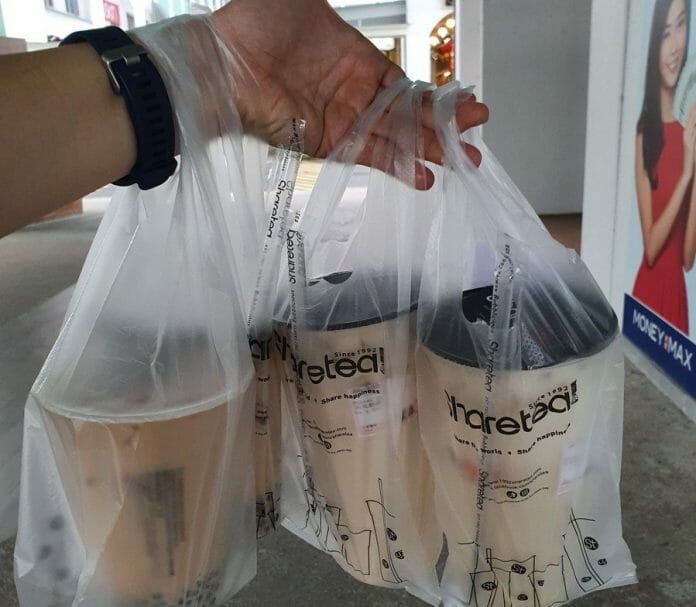The Plastic Packaging sector should see a pick-up in orders over the coming quarters as customers replenish their depleted inventories as well as stock up in anticipation of price hikes following the uptrend in the price of input resin in recent months.
Kenanga Research, in its Sector Update today (Oct 3), believes a more sustained recovery will still hinge on an improving global economic outlook.
Meanwhile, local players are turning sustainability from a threat to the plastic packaging industry to an opportunity by moving aggressively into the production of sustainable packaging materials in response to the growing demand for high-performance but recyclable packaging solutions.
The global plastic packaging market is poised for long-term growth, with a projected CAGR of 5% from 2021 to 2026, according to KPMG.
Kenanga Research believe local players could grow at a faster pace as they grab market share from overseas producers that are losing competitiveness due to rising production cost. For instance, Berry Global, a prominent US-based plastic packaging manufacturer, has shut down at least 20 plants this year, including one in Scotland.
The sector should see a pick-up in orders over the coming quarters as customers replenish their depleted inventories as well as stock up in anticipation of price hikes following the uptrend in the price of input resin in recent months. They believe a more sustained recovery will still hinge on an improving global economic outlook, which remains elusive as key central bankers have yet to depart from their hawkish policy stance.
Not helping either, is the energy cost as the government cuts back on fuel subsidies to industries.
The impact of the Jan 2023 electricity tariff hike will become more pronounced in the later part of CY23 for BPPLAS (MP; TP: RM1.23), SCIENTX (UP; TP: RM3.23) and TGUAN as they opted out from the Green Electricity Tariff (GET) programme in Aug 2023, following the upwards revision of the GET rate to 21.8 sen/kWh (from 3.7 sen/kWh). They are now subject to the common Imbalance Cost Pass Through (ICPT) surcharge of 17.0 sen/kWh. To mitigate the higher electricity cost, they are investing in photovoltaic (PV) system to partial insource electricity, which will also reduce their carbon footprint, Kenana cited.
Meanwhile, local players are turning sustainability from a threat to the plastic packaging industry to an opportunity by moving aggressively into the production of sustainable packaging materials in response to the growing demand for high-performance but recyclable packaging solutions.
This includes: (i) downgauging which involves producing thinner films or materials without compromising on strength and performance, thereby reducing the amount of raw materials required, (ii) adopting mono films to enhance recyclability, as opposed to mixing different types of film which complicates recycling, and (iii) reducing waste by reusing offcuts or leftovers during production.
This shift towards using sustainable packaging materials has gained traction among multinational corporations and brand owners, especially with European plastics manufacturers advocating for a mandatory EU recycled content target of 30% for plastics packaging by 2030.
Kenanga Research’s sector picks include TGUAN (OP; TP: RM3.05) due to: (i) its earnings stability underpinned by a more diversified product portfolio and steadily growing clientele base, (ii) its aggressive push into the European and US markets with environmentally-friendly products, and (iii) its expansion plans for premium products, such as nano stretch films, courier bags, food wraps and some industrial bags (wicketed bags, oil/flour/sugar bags).
Kenanga maintains their Neutral view on the sector.









